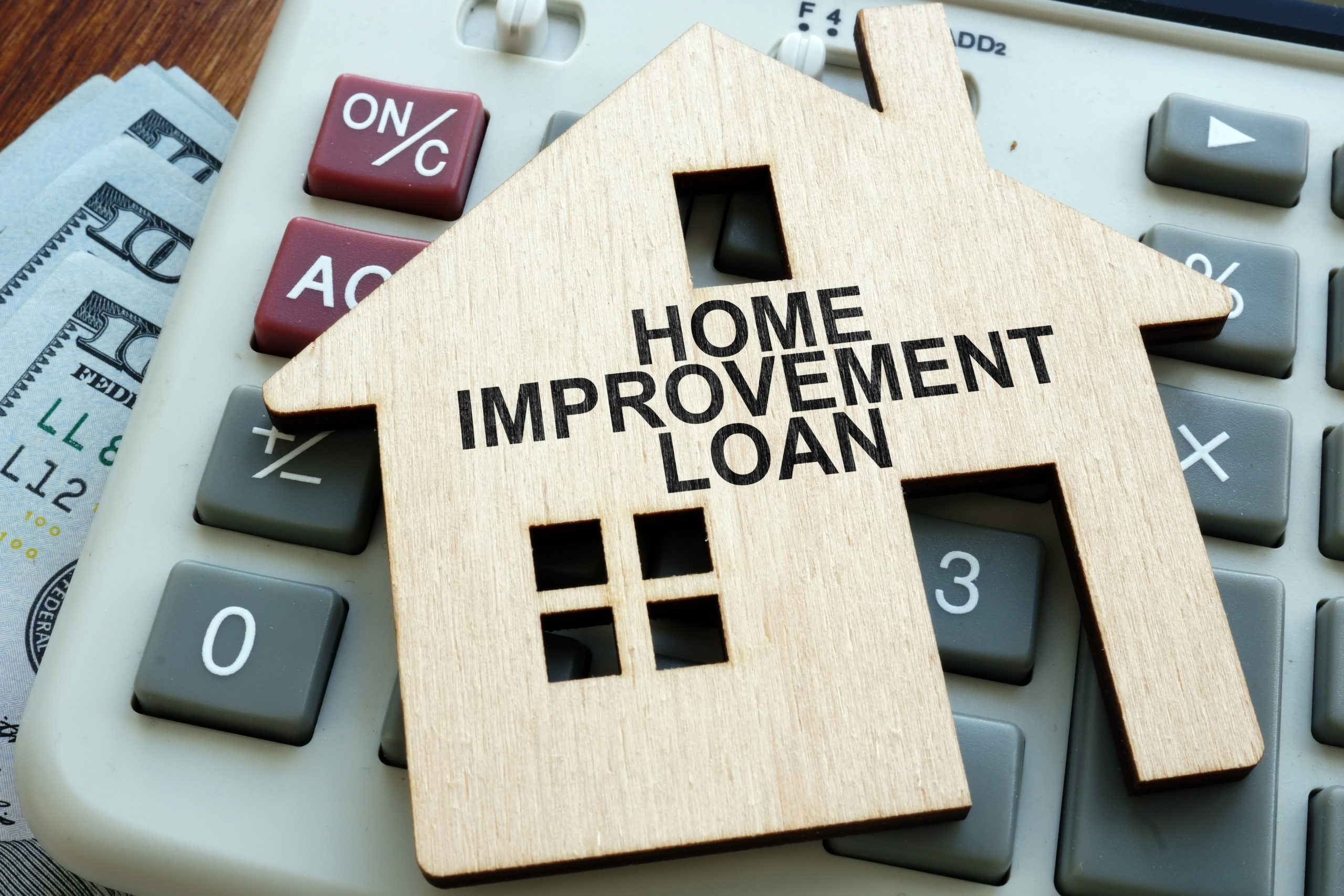The Best Home Improvement Loans with Low Interest: A Comprehensive Guide
Embark on a journey to discover the best home improvement loans with low interest. This guide aims to provide valuable insights and information to help you make informed decisions when it comes to financing your home improvement projects.
Exploring the various types of loans, factors to consider, strategies to find low-interest rates, and the application process, this guide covers all aspects you need to know.
Types of Home Improvement Loans

When it comes to financing home improvement projects, there are various types of loans available to homeowners. These loans can be categorized as secured or unsecured, fixed-rate or variable-rate, and government-backed or traditional bank loans.
Secured Home Improvement Loans
Secured home improvement loans require collateral, such as your home or other valuable assets, to secure the loan. Examples include home equity loans and home equity lines of credit (HELOCs). These loans typically offer lower interest rates compared to unsecured loans because the collateral reduces the risk for the lender.
Unsecured Home Improvement Loans
Unsecured home improvement loans do not require collateral and are based solely on the borrower's creditworthiness. Personal loans and credit cards are common examples of unsecured loans for home improvement projects. These loans may have higher interest rates compared to secured loans due to the increased risk for the lender.
Fixed-Rate vs. Variable-Rate Loans
Fixed-rate home improvement loans have a stable interest rate throughout the loan term, providing predictability for monthly payments. On the other hand, variable-rate loans have an interest rate that can fluctuate based on market conditions, potentially leading to changes in monthly payments.
Government-Backed vs. Traditional Bank Loans
Government-backed loans, such as FHA 203(k) loans and VA renovation loans, are insured by the government and may offer lower down payment requirements and more flexible eligibility criteria. Traditional bank loans, offered by financial institutions like banks and credit unions, may have stricter requirements but could provide competitive interest rates for qualified borrowers.
Factors to Consider When Choosing a Loan
When looking for a home improvement loan, there are several key factors to consider to ensure you make the right choice for your financial situation and needs. One of the most important factors to consider is the interest rate offered by the lender.
The interest rate will determine how much you will ultimately pay back on top of the loan amount, so it is crucial to find a loan with a low interest rate to save money in the long run.
Importance of Interest Rates
Interest rates play a significant role in the overall cost of a loan. A lower interest rate means lower monthly payments and less money paid towards interest over the life of the loan. It is essential to shop around and compare interest rates from different lenders to find the best deal that fits your budget.
Impact of Loan Terms on Monthly Payments
Loan terms, such as the repayment period and whether the interest rate is fixed or variable, can also impact your monthly payments. A shorter loan term typically means higher monthly payments but less interest paid overall. On the other hand, a longer loan term may result in lower monthly payments but more interest paid over time.
It is important to consider your financial goals and capabilities when deciding on the loan terms that work best for you.
| Loan Option | Pros | Cons |
|---|---|---|
| Short-term Loan | Lower overall interest paid | Higher monthly payments |
| Long-term Loan | Lower monthly payments | Higher overall interest paid |
| Fixed Interest Rate | Predictable monthly payments | No benefit if interest rates drop |
| Variable Interest Rate | Potential for lower initial rate | Payments can increase if rates rise |
Finding Low-Interest Home Improvement Loans

Finding a low-interest home improvement loan can save you money in the long run and make your renovation project more affordable. Here are some strategies to help you secure a loan with a competitive interest rate:
Compare Interest Rates
When looking for a home improvement loan, it's essential to compare interest rates from different financial institutions and online lenders. Take the time to research and gather quotes from various sources to find the best rates available. Keep in mind that even a small difference in interest rates can result in significant savings over the life of the loan.
Improve Your Credit Score
One of the most effective ways to qualify for lower interest rates on a home improvement loan is to improve your credit score. Lenders typically offer better rates to borrowers with higher credit scores, as they are considered less risky
To boost your credit score, make sure to pay your bills on time, keep your credit card balances low, and avoid opening new credit accounts unnecessarily.
Research Reputable Lenders
To find a home improvement loan with a low interest rate, it's essential to research reputable lenders known for offering competitive rates. Look for lenders with a history of providing affordable loans and positive customer reviews. Consider both traditional banks and online lenders when comparing options, as online lenders often have lower overhead costs and can pass on the savings to borrowers.
Negotiate with Lenders
Don't be afraid to negotiate with lenders to secure a lower interest rate on your home improvement loan. If you have a strong credit history and a steady income, you may be able to leverage these factors to negotiate a better rate.
Be prepared to provide documentation of your financial stability and creditworthiness to support your case for a lower rate.
How to Apply for a Home Improvement Loan
Applying for a home improvement loan is a straightforward process that requires some preparation and gathering of necessary documents.
Documentation Required
When applying for a home improvement loan, you will typically need to provide the following documentation:
- Proof of income: Pay stubs, W-2 forms, or tax returns to demonstrate your ability to repay the loan.
- Identification: A government-issued ID such as a driver's license or passport.
- Property information: Details about the property you plan to renovate, including ownership documents.
- Credit history: A credit report showing your credit score and payment history.
- Loan application: Completed loan application form provided by the lender.
Step-by-Step Guide
- Research and compare lenders to find the best home improvement loan options.
- Gather all necessary documents listed above.
- Fill out the loan application form completely and accurately.
- Submit your application along with the required documentation to the lender.
- Wait for the lender to review your application and make a decision.
- If approved, review the terms and conditions of the loan carefully before signing.
- Once you accept the loan terms, the lender will disburse the funds for your home improvement project.
Timeline from Application to Disbursement
The timeline from submitting a home improvement loan application to receiving the funds can vary depending on the lender. Typically, it can take anywhere from a few days to a few weeks for the loan approval process to be completed.
Final Summary

In conclusion, securing the best home improvement loan with low interest is within reach with the right knowledge and preparation. Whether you're looking to renovate, remodel, or upgrade your home, make sure to explore your options carefully to find the perfect fit for your financial needs.
Commonly Asked Questions
What are the key factors to consider when choosing a home improvement loan?
Consider interest rates, loan terms, repayment options, and fees associated with the loan.
How can I improve my credit score to qualify for lower interest rates?
To improve your credit score, make timely payments, keep credit card balances low, and check your credit report regularly for errors.
What is the typical timeline from loan application to approval and disbursement?
The timeline can vary but typically ranges from a few days to a few weeks, depending on the lender and the complexity of the application.